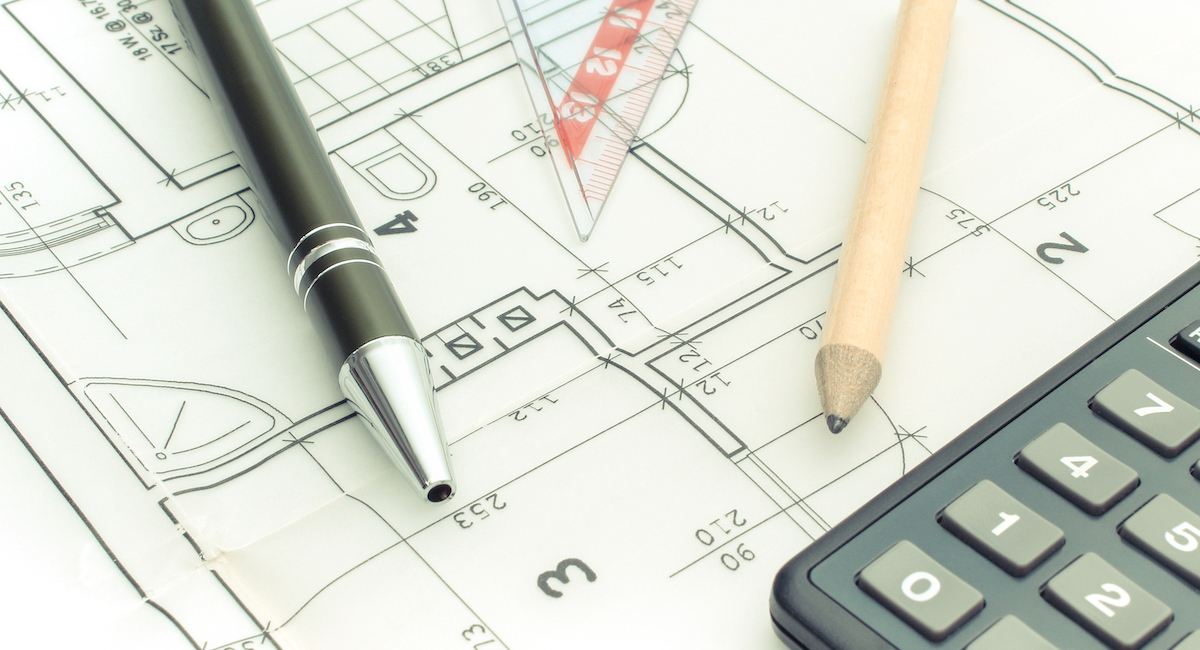The Financial Case for Universal Design Construction vs. Renovation
For many people, cost and value are top of mind when considering their next move. Rent vs. buy? A 20-year mortgage or a 30? A condo or a traditional single-family home? Build new or buy an existing home? Move or stay where you are and renovate?
We believe strongly you should include universal design in your cost-benefit analysis. We often are asked by people who are considering building a new home if it costs more to design and build a universal design home, and, if so, does it make more sense to save that money on the front-end and choose instead to add universal design elements through a renovation later.
For some, building a new home just is not an option. A number of reasons could prevent you from wanting to or being able to sell your current home and move to a new one even in the same market. If you already own the home in which you intend to age in place, you can rest assured that renovating it using universal design principles will indeed increase its value while meeting your needs.
However, renovating will be costlier than incorporating universal design into the construction of a new home. In fact, designing and building universal design homes aren’t appreciably more expensive than non-universal design new homes, despite what some contractors might tell you.
That’s because many elements of universal design are fairly ubiquitous today: doors with levers instead of handles, kitchens with roll-out drawer-style cabinets, and rocker-style light switches instead of toggles. Other elements of universal design aren’t as common but make all the difference in creating a home that is able to serve all members of a family without further adaptations. Stepless entrances and garages, widened doorways, curbless showers, and including an elevator shaft — these elements will impact the cost of new construction, but adding all those features later would result in an enormous added cost.
In fact, if you added up the cost of 13 of the most common and essential universal design elements, the difference between including them in the construction vs. adding them later through a renovation is nearly $70,000!
Universal design also helps your resell value. As the Baby Boomer generation ages, multi-generational living becomes more common in the United States and the general population becomes more educated about the benefits of universal design, demand for universal design homes will continue to rise. A family seeking universal design would much rather buy a home that already has these elements than have to buy a home in the location they want and then be forced to spend additional money renovating it.
Have questions about the cost vs. the value of universal design? Reach out to us anytime. We’d love to help.
Add Your Personal Touch
LifeStage Home Designs can work with you to develop the home of your dreams. Simply find a plan that you like, then talk to our expert designers to add the features your family needs – whether that’s a larger garage, an elevator, an enclosed porch, or more.



